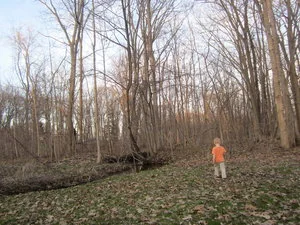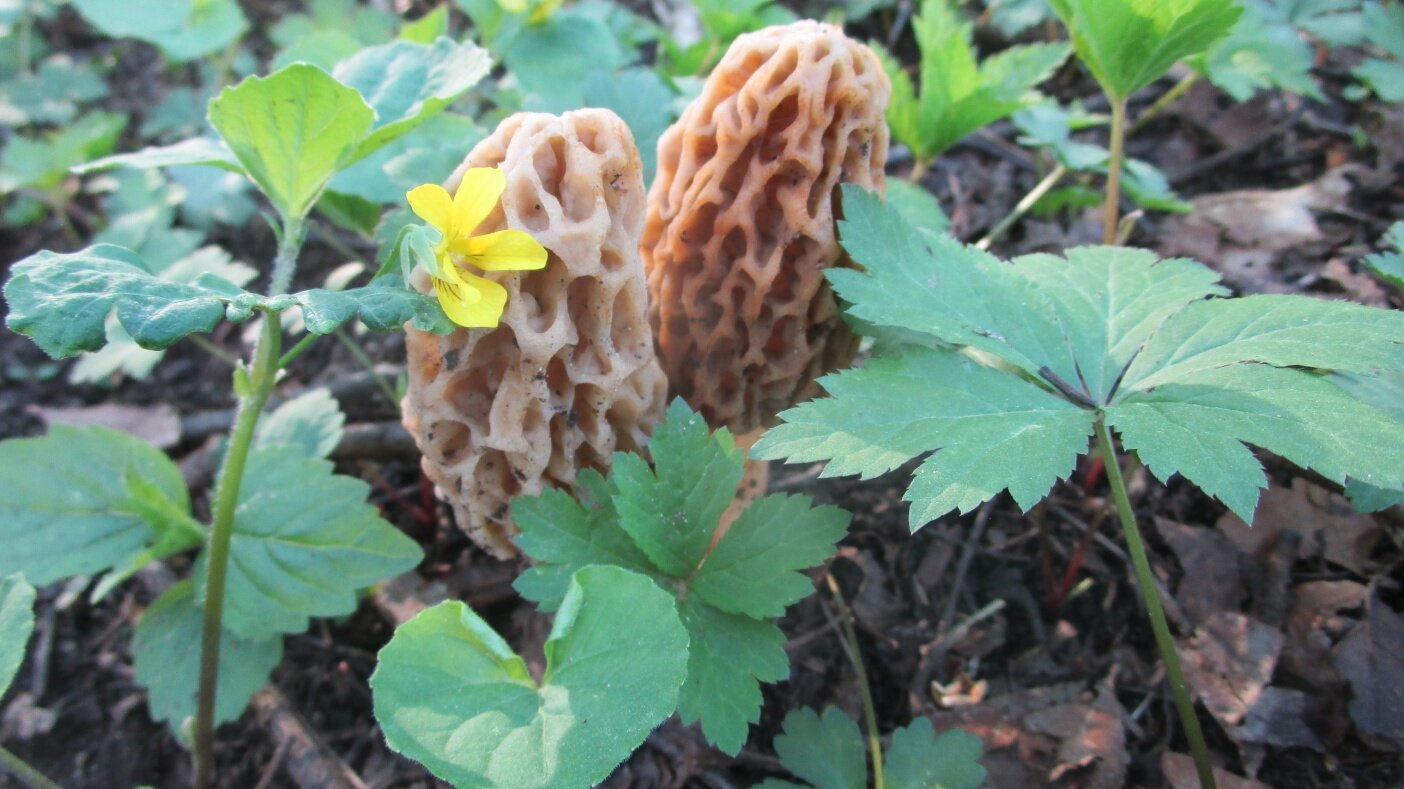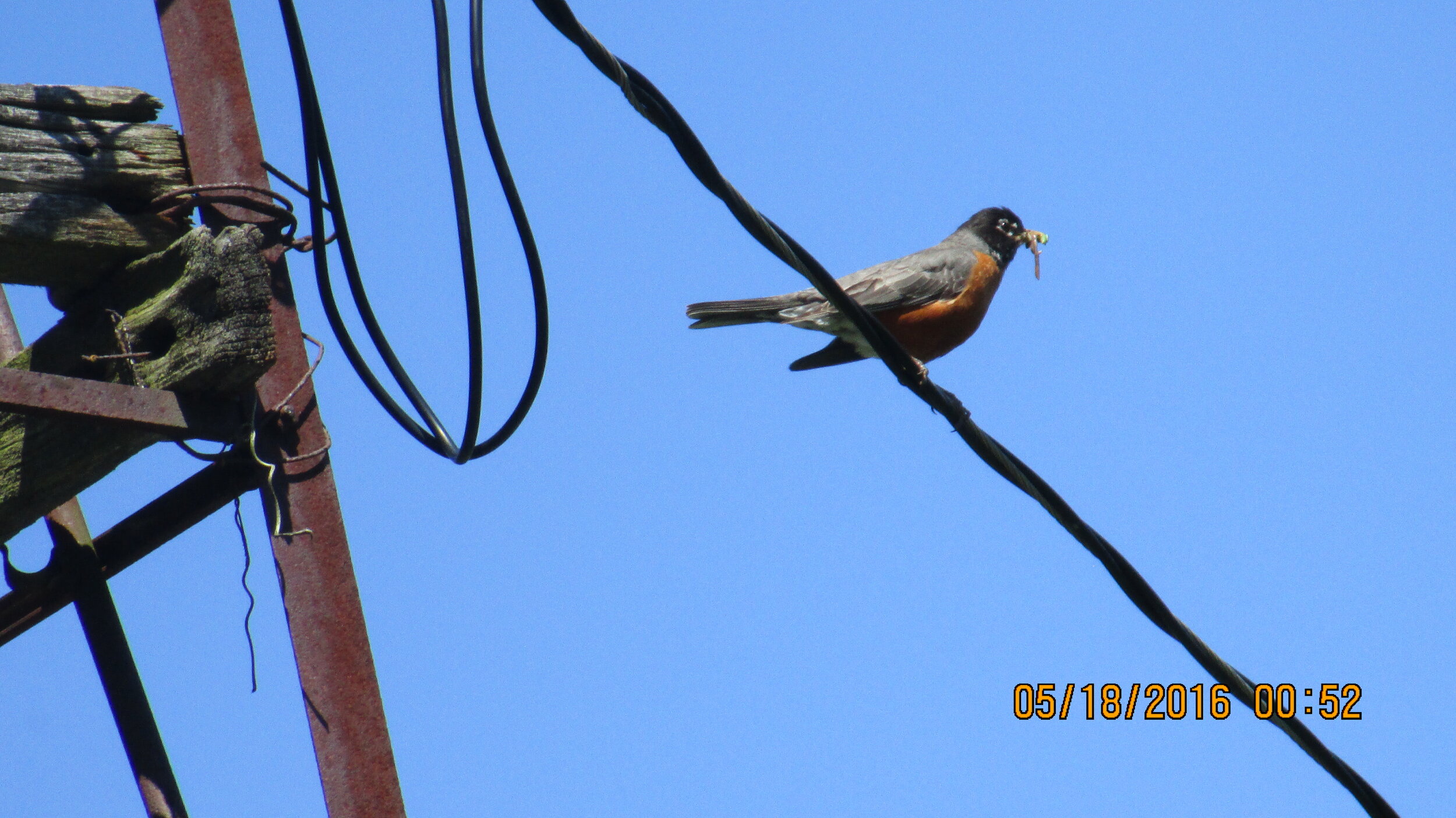Today you have an opportunity to do an amazing and wonderful thing. It is a simple act, but it could result in the development a satisfying hobby providing personal enjoyment and usefulness to your fellow inhabitants on earth for years to come. It goes like this: open your door, step outside, look around and see what you see. Any birds? Identify them by species and write down who you’ve seen on a piece of paper! If you don’t know who your bird friend is find a field guide and figure it out (or search the web, if you don't have a good field guide yet). Congratulations! You’ve done it! You’ve started your very own Species List! And this list is not just for the birds. Is there a squirrel on the power line? Take note. A daddy-longlegs in your basement? Write it down. You have entered the occupation of a citizen scientist. You’re a budding naturalist, a local explorer, a rewilding hipster. You’re taking a snapshot of the structure of creation. You are getting to know the land…
For us, building our knowledge of the land has been a central project, and the official Species List has been one of the important tools in our kit. Each year, starting in January, we inaugurate a fresh edition of the list noting the first of each species we see. We keep watch, anticipating when the first Turkey Vulture will land on the barn, when the Common violets will bloom in the lawn, when the Chorus Frogs will sing from the pond, when the first Morel pops up underneath a dead Elm, and so on and so forth.
2021 will be our 10th year of keeping a Species List. This relative longevity gives us a great deal of useful information about who our non-human neighbors are and what they are up to. Having a written record of all the species who have spent time here over the years is one of the goals. Also, by simply adding “when and where” we get another important layer of information that deepens our understanding of place and the ecological relationships that make clear: this land is a community, not a bunch of isolated individuals. Correlations emerge when various lives intersect. For example, when you hear the first Yellow-billed Cuckoo, which is usually post-peak warbler migration, then milkweed shoots are likely ready to harvest for food. Or when you see flowers on the Choke Cherry tree there is a good chance that the state threatened White Ladies Slippers are in full bloom and that it’s a good day for a walk to the wet meadow where they grow. Learning the patterns in nature is a wildly exciting adventure.
It can be enlivening as you develop a sense of urgency about wanting to not miss the action. Change is occurring daily, especially in spring and fall, and it calls to us through all of our senses to come out and play, to bear witness. Sometimes friendly competition occurs with each other as we race outside at first light to find that patch of wild lupine we’ve been stalking all week knowing that one flower bud should finally open today and we can be the one to put our initials after the entry in the notebook. With so much at stake it’s hard to want to come back inside.
Some of you may already know the names of many species around you and starting a Species List can be an opportunity to take a closer look and make new discoveries. Others may not know many of the names of the beings you encounter out in nature. Doing a Species List is a great way to learn. Here at Open Grown School our pursuit of relearning traditional earth skills is a means to an end. The skills are not the end in themselves. Our hope is to restore relationships of reciprocity with the whole land community, human and non-human. Learning the name of a species, and the time and place in which they are active around you, is only the very beginning of a relationship, but it is a beginning. All proper introductions start with learning names. Now a stranger can become a neighbor, as you continue to become more aware of their presence. With this foundation, the understanding of your home ecosystem can continue to deepen throughout your life. And since a large part of our daily work here is restoring native habitat, it is absolutely essential that we get to know these individuals and their relationships with each other as we are making decisions that affect their lives.
The Species List is simple to start and easy to keep going. It’s not one of these New Year’s resolutions that you will inevitably give up. All it takes are a few pieces of paper and a pen (or an appropriate electronic device if you must). Title each page with a particular category such as BIRDS, or REPTILES/AMPHIBIANS. Below that write a heading that includes columns for Species – Date – Location - Name of Observer - Notes. Put these pieces of paper in a 3 ring binder and leave it on your desk or coffee table or somewhere it can stay visible. Then whenever you come in from doing some yard work or taking a walk make a note of who you’ve seen. You can make as many or as few categories as you wish. We started with six categories back in 2012, and last year we were up to fourteen. Each year we’ve expanded as we learn more. For example: in our first year, all insects other than butterflies were added to the same page and the list was not long. These days dragonflies and damselflies get their own section. We now have a page for foraging, and one for grasses, sedges, and rushes (did you know grasses have flowers?). Lately we’ve been working on a system of noting the last time we see a species for the year which is harder to do, but has been a fun challenge. The possibilities are endless.
It will be helpful if you get started early in the year when things are more calm, before the heart of spring when it seems like everyone is migrating through, waking up, moving around, and coming back to life again. Don’t worry if you don’t get started right on New Year’s Day. Most of January into February you’ll see the usual suspects throughout: a cardinal in the yard, a house mouse in the kitchen, a fly on the widow, a deer crossing the street. The early migrators, like Red-winged Blackbirds, don’t start showing up till late Feb early March. The dandelions don’t start popping up till April. And the big flush of new life holds off till May.
You can choose any area you want to base your list on, but it is good to set some sort of border. It could be the yard, the neighborhood, or a park or preserve you frequent. We started with only the Kellwood property where we live and work. Later we added species seen on any of the local properties that collectively make up the Iron Creek Land Community. If you keep at it with some consistency over the years your life will be enriched and you will be doing a great service for your community.
Appendix One:
Categories for our 2021 Species List:
BIRDS -first time seen or heard
FLOWERS – first bloom
BUTTERFLIES/MOTHS – first time seen
REPTILES/AMPHIBIANS – first time heard, separate note for first time seen
MAMMALS -first time seen,
TREES – first bloom/first leaf/first fruit
SHRUBS/VINES -first bloom/first leaf/first fruit
INSECTS/ARACHNIDS/OTHER INVERTEBRATES -first seen
FUNGI/LICHENS – first fruiting for mushrooms
DRAGONFLIES/DAMSELFLIES – first seen
GRASSES/SEDGES/RUSHES – flowering or fruiting
FERNS/LYCOPHYTES/MOSS
FISH/AQUATIC INVERTEBRATES
FORAGING – including what part of plant and how used
NESTS – note which species and how many eggs if applicable
RIPE SEEDS -when they are ready to gather for planting in restoration projects
NOTABLE SPECIES IN IRISH HILLS NOT ON ICLC PROPERTIES
OTHER – interesting anecdotes, weather events, night sky phenomenon, various intriguing sights/sounds/smells/tastes/textures, phenological correlations, mysteries
Appendix Two:
Recommended Field Guides for each category:
Sibley Field Guide to Birds of Eastern North America - D. Sibley
Newcomb’s Wildflower Guide - L. Necomb
Field Manual of Michigan Flora – E. Voss, A. Reznicek
Butterflies Through Binoculars - J. Glassberg
Amphibians and Reptiles of the Great Lakes Region – J. Harding,D. Mifsud
Mammals of Michigan – S. Tekiela
Michigan Trees – B. Barns, W. Wagner
Shrubs and Woody Vines of Indiana and the Midwest – S. Weeks, H. Weeks
Kaufman Field Guide to Insects of North America – K. Kaufman, E. Eaton
Mushrooms of the Upper Midwest – T. Marrone, K. Yerich
Dragonflies Through Binoculars – S. Dunkle
Grasses: An Identification Guide – L. Brown
Sedges and Rushes of Minnesota – W. Smith
Foragers Harvest – S. Thayer
Northeast Foraging – L. Meredith
Michigan Ferns and Lycophytes – D. Palmer
Michigan Lichens – J. Medlin
National Audubon Society Field Guide to North American Fishes, Whales, and Dolphins – H. Boschung, J. Williams, D. Gotshall, D. Caldwell
Appendix Three:
A sample page from our 2020 Species List:





